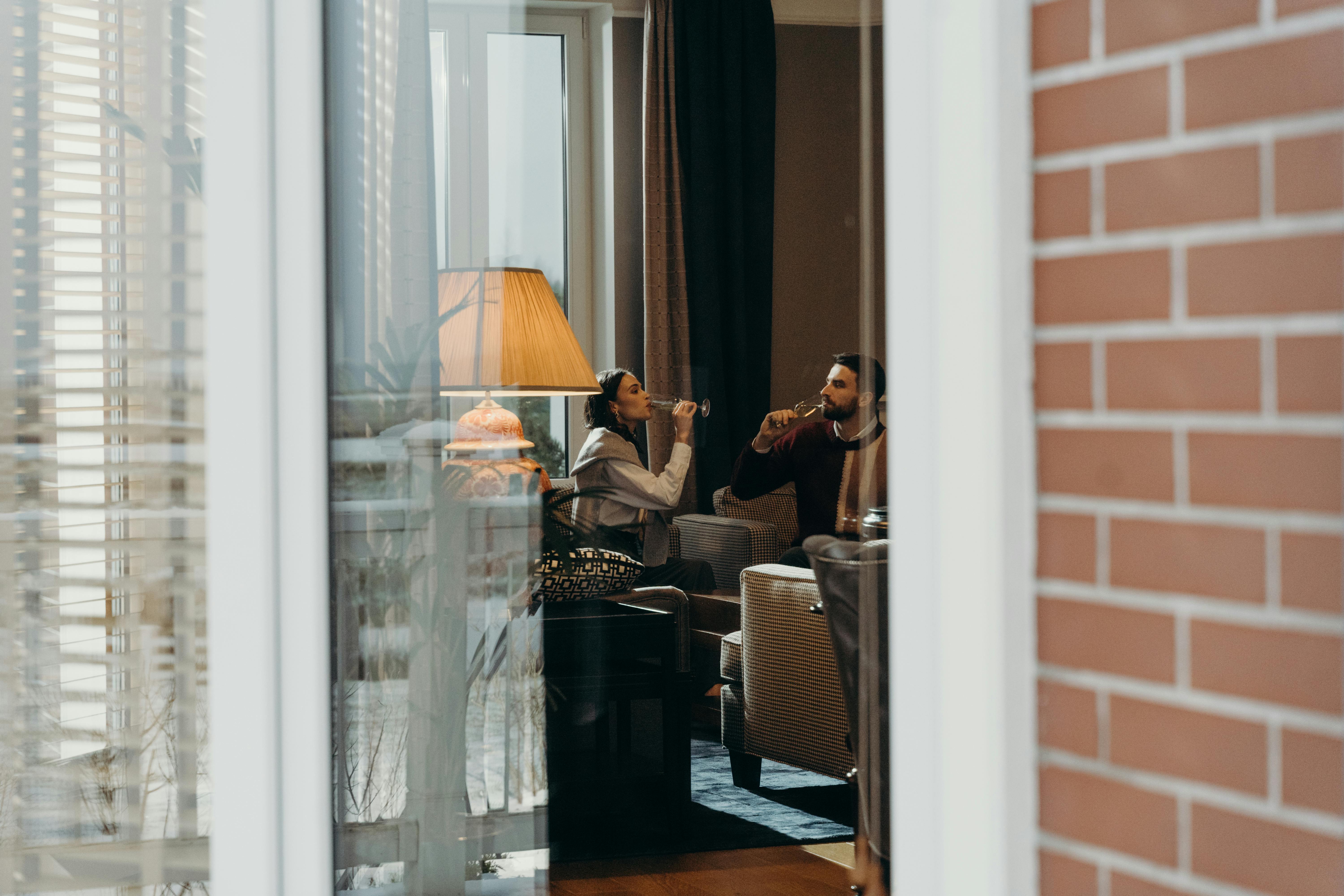Virtual vs Real Home Staging
Most of the time, a home is a person’s single largest financial investment. As such, finding the best marketing strategies when selling a home is critical. Staging is an important part of a real estate marketing plan, and must be taken into account in order to sell the house faster and for the most money. Real estate agents may suggest that a staging consultation is needed for an occupied home, or recommend full staging services complete with rental furniture and fixtures for all rooms or key rooms in a vacant home. A virtual staging consultation saves time and money by discussing staging advice over the phone after discussing actual photos of a property over email. Using virtual staging software can be a lower cost marketing tool for vacant homes, but may not be as effective as real home staging. There are many differences between these types of staging strategies.
Virtual staging is the process of making computer renderings of an interior design concept from a digital photograph of a room to help potential buyers visualize a space. These representations are often used by builders and investors when marketing new construction homes or rehab properties. Illustrations can be used to show flooring, cabinetry, finishes, and other material options, especially during the pre-construction or development phase. Virtual photos can also indicate what a future home remodeling project might look like and are useful for showcasing decorating ideas to clients. However, actual staging for a vacant home or staging a model home for a new community has proven to be more effective.
Professional home staging uses property design techniques that appeal to the target buyer’s demographic to make a home look its best and stand out from the competition. With staging, furniture and accessories are cleverly introduced and placed to highlight aspects of the home. Unlike virtual staging, real staging helps create an emotional connection with buyers and a sense of welcome that they will find attractive in the home.
Most people first look for real estate listings online when buying a home. Virtually staged images may spark initial interest online, but often seem misleading and ineffective when viewing an empty house in person. The house may also require more updates than are shown in the photo, which decreases the perceived value of the house. Potential buyers visiting the home may still question the size of the space and the layout of the furniture, as there is no point of reference without actual furniture. The staging is effective when the buyer falls in love in person. They need to fall in love with a home and develop a sense of “home” to decide that this is the home for them.
